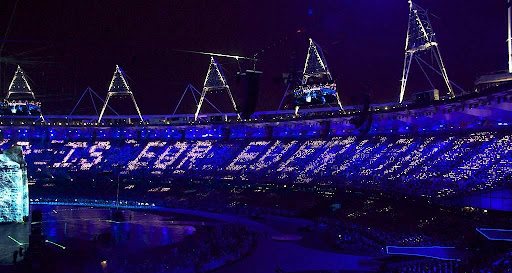Accessible website content: new guidance for the profession
Last summer, we produced a guide to accessible social media and asked to publish it on the Government Communication Service’s (GCS) website. We wanted to share some important legal imperatives behind accessibility, but also explain how accessible communications helped audiences and often performed better.
We started with social media because during the height of the pandemic, getting accurate and timely information out fast to citizens was a top priority. Our aim was to simplify and set-out the existing good practice into one place, to create something busy teams could put to use at pace.
A few weeks after launch, the guidance had attracted praise from industry experts and more than 1,200 unique views. Fast-forward 18 months, and that figure is now 4,604. It’s featured in the formal GCS curriculum and continues to rank in the GCS website’s most-visited content. Pretty cool.

You said, we did: building on the accessibility learning offer
There seemed to be an appetite for this type of information so we wanted to create more. We used a short survey to ask government communicators which other aspects of accessible communications they felt less confident about, and how they liked to receive information or training.
We had a small sample size of just over 100 respondents. But the survey gave us an idea of how the profession was feeling and where we might be able to add value. It also confirmed that people preferred a mix of written guidance and online learning, like webinars. While there were varying degrees of confidence across the board, working on accessible website content came out top (or should that be bottom?) of the list. More than half of the respondents said they were “not at all confident” about this aspect of digital communication, with a further third saying they were only “somewhat” confident.
New accessible website content guidance
Over the course of the last few months, as we did in 2020, we set out to collate and distil the latest good practice and information from across government and beyond. We followed a similar format to our social media guide, so expect to find practical steps on how to create an accessible digital campaign content strategy plus templates you can nab, and routes to further learning.
Even if you don’t regularly create or publish content to websites, there’s plenty of learnings that apply equally to other forms of digital publishing, including emailers and intranets.
We hope this guide proves useful to communicators who want to take practical steps to work on accessible and user-focused website content with greater confidence. Please give it a read and share it with your teams.
Shout out to the DDaT profession
As we mention in the guide itself, much of the good practice actually comes courtesy of the Digital, Data and Technology (DDaT) profession. Thank you to Richard Morton and Amanda Diamond at the Central Digital and Data Office (CDDO), and Anna Hepburn and Markland Starkie at GDS, for sharing their expertise to make sure the guide was up to scratch.
Thank you also to the accessibility and user-centred design communities who contribute so much time and energy to maintain the evidence bases on which much of this guidance hinges, like the GOV.UK Design System and the GOV.UK Content and Publishing toolkit.
Read, share and implement the new guide
- Image credits:
- International Olympic Committee ©2012 (1)
- Featured image: colour contrast design by the Government Digital Service (GDS) (2)
